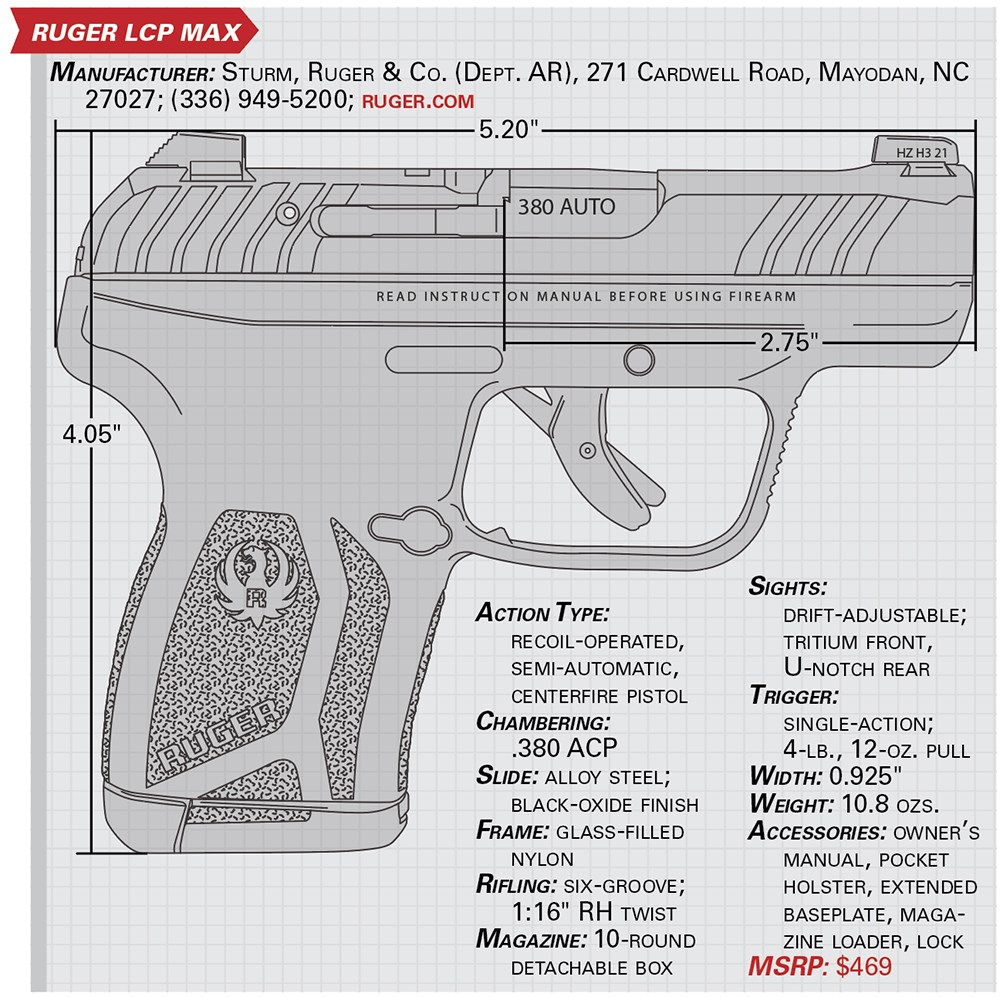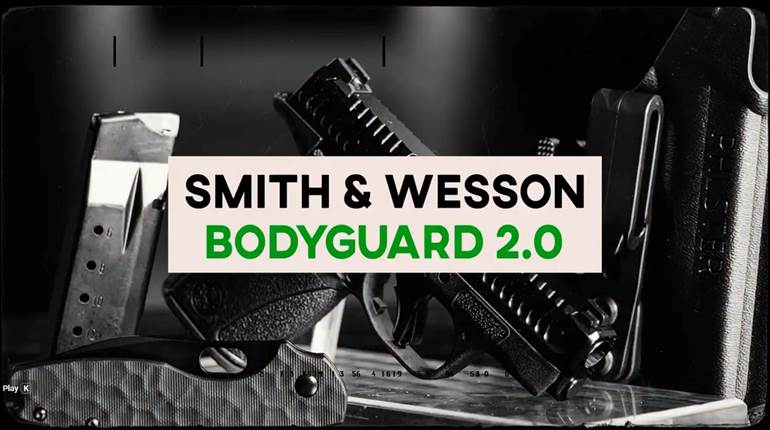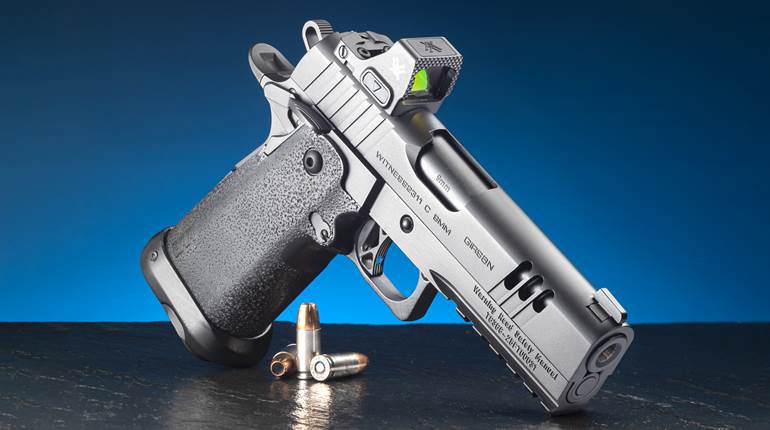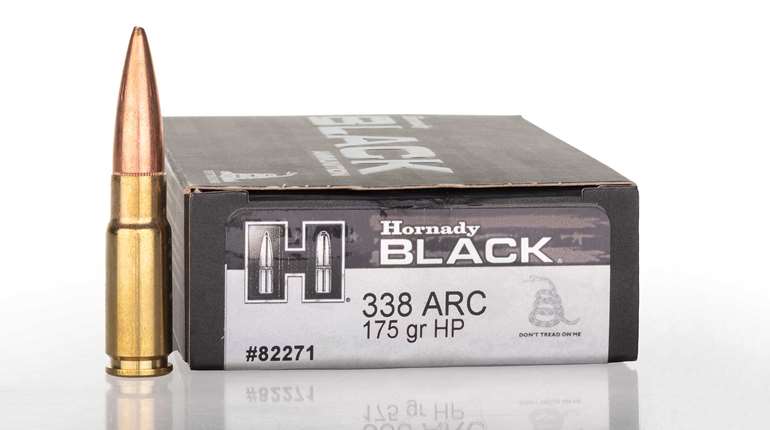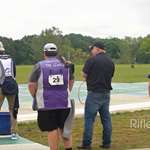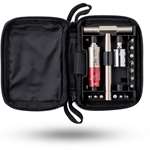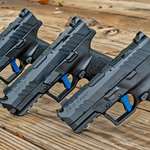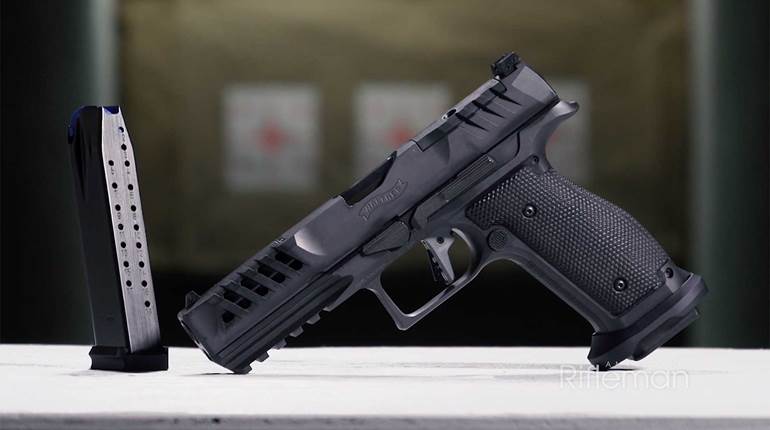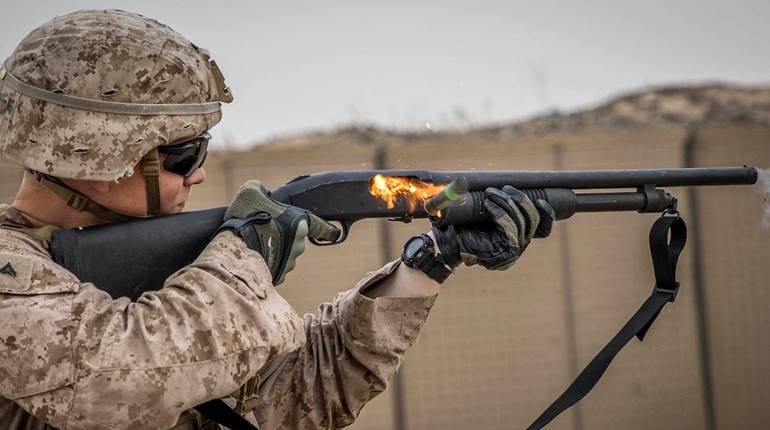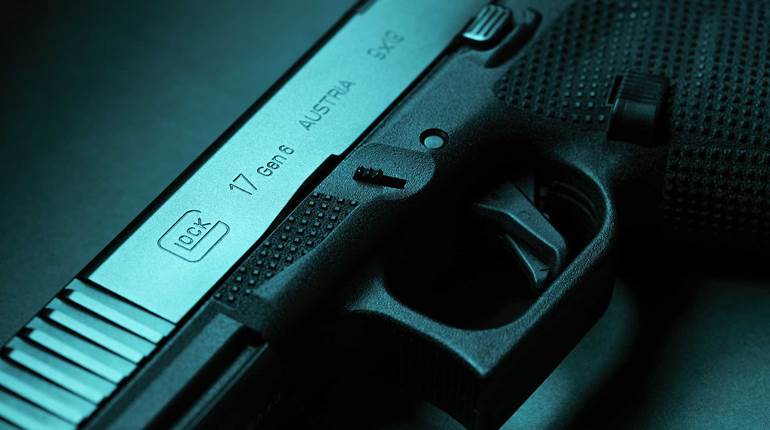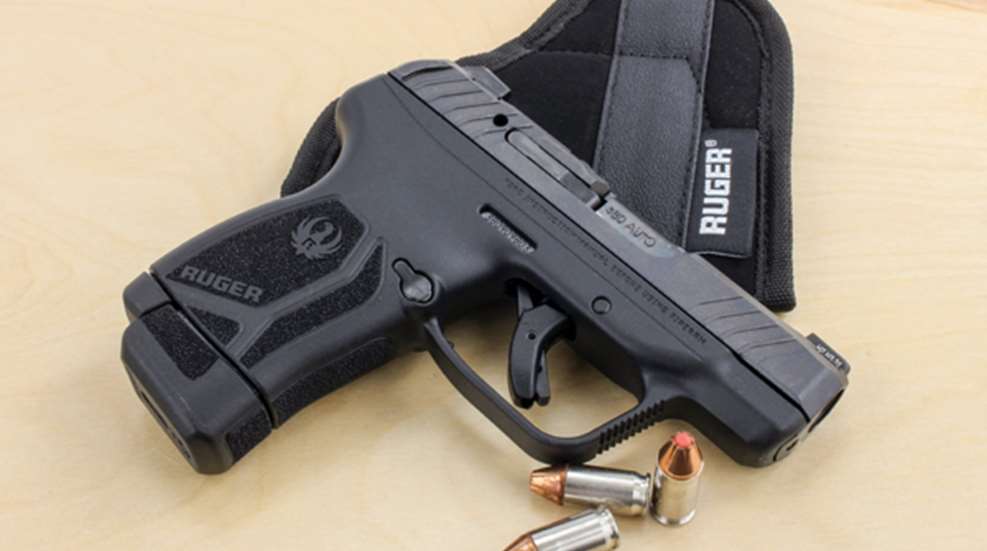
Although Sturm, Ruger & Co. was one of the last major manufacturers to “super-size” the capacity of its compact 9 mm Luger offering, it is one of the first to apply the popular staggered-stack magazine technology to a pistol chambered in .380 ACP. By using a footprint that is nearly identical to the company’s hit LCP II, Ruger has created a pocket pistol that boasts a capacity of up to 13 rounds. The new pistol is aptly named the LCP MAX, but it represents more than just a bump in firepower, with improved sights and a much more pleasant recoil impulse.
The new LCP MAX is an internal-hammer-fired, polymer-frame, centerfire semi-automatic with a locked-breech action that feeds from a detachable box magazine. Following ignition, the barrel and slide move rearward together until contact with the takedown pin causes the rear of the barrel to tilt downward, arresting its movement while the slide continues rearward. Once the recoil spring bottoms out and returns the slide forward, the two components lock together again as the gun returns to battery.
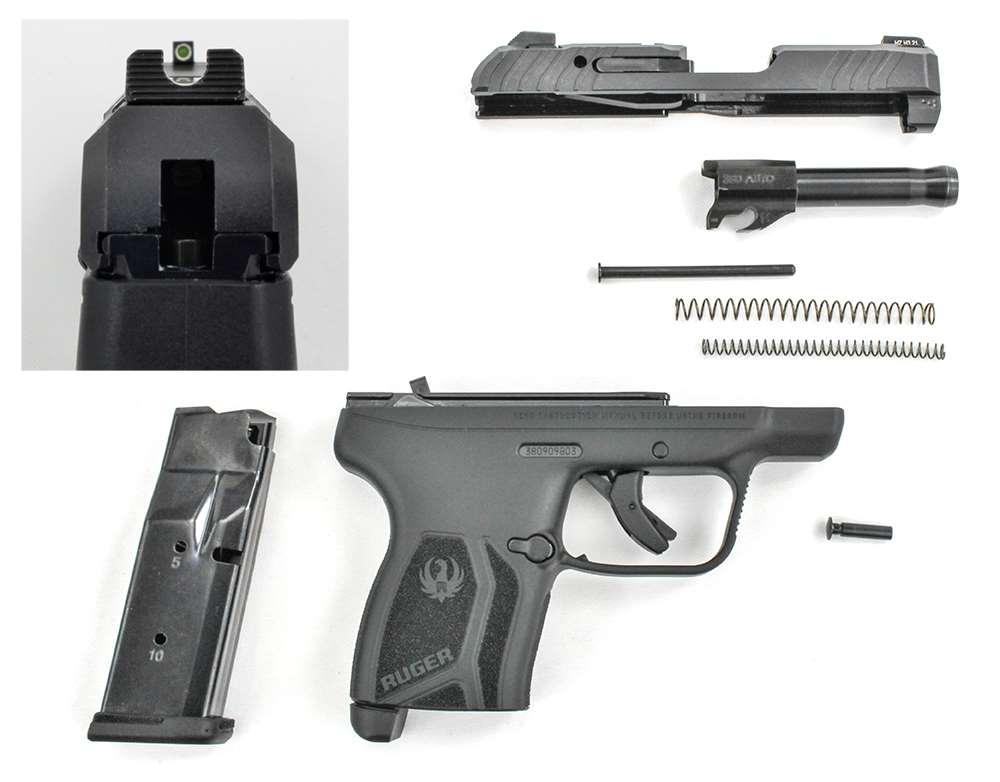
By staggering the rounds instead of stacking them in a single, vertical column, Ruger was able to get 10 .380 ACP cartridges into a magazine with a flush-fitting baseplate. A floorplate with a pinky extension also comes with the gun, and extended 12-round magazines are offered on shopruger.com.
Aside from the increased capacity, also setting the LCP MAX apart from its predecessors are refined sights attached via a traditional dovetail, thus making them drift-adjustable. The front sight contains a tritium lamp, giving the shooter a far better sight picture than that offered by the previous LCP’s minimal, machined-in offerings, not to mention low-light functionality. The U-notch rear is serrated to help reduce glare.

Sandpaper-like textured panels can be found encompassing the entire grip frame, just as on Ruger’s previous LCP. The company also retained the same cocking-serration scheme, including the extended ears found toward the rear of the slide on some versions of the LCP, making it an ideal choice for those who might suffer from limited dexterity.
The single-action trigger of the LCP MAX contains a central safety blade that must be depressed before the trigger can move rearward. We measured an average break of 4 lbs., 12 ozs., using a Lyman digital trigger gauge and found that it required approximately 1/2" of forward travel to reset. The pistol includes a disconnect that doesn’t allow it to fire when it is out of battery, but there is no magazine-disconnect safety preventing it from firing without a magazine installed. The only controls on the LCP MAX are the low-profile slide stop, located on the left side of the frame, and the reversible magazine release found just behind the trigger guard.

For our testing, we tried an assortment of ammunition, including samples from Hornady, SIG and Winchester. We made sure to use only standard-pressure ammunition, as the LCP MAX is not rated for +P loads. Our testers thoroughly enjoyed shooting the pistol, as it produced less felt recoil than had been expected—the slightly increased width of the LCP MAX’s frame better filling the hand than does the single-stack LCP II—and little effort was expended in building a clear sight picture.
We found that, of our three test loads, our sample preferred the Winchester 95-grain ammunition and produced groups as small as 1.17" on our 7-yard target. The pistol fed, fired and ejected every type of ammunition that we ran through it with 100 percent reliability—aided, no doubt, by its oversize extractor and enlarged ejection port.

Before leaving the range, we fieldstripped the LCP MAX to give it a basic cleaning. Disassembly starts by ensuring the pistol is completely unloaded and then prying out the takedown pin located on the left side of the frame. Once removed, the slide assembly can be slipped off the front of the frame. With the slide removed, the guide rod and dual recoil springs can be lifted away, as can the barrel. Although it had digested more than 100 rounds of ammunition, the internal parts of the LCP MAX were relatively clean and only required a wipe with a CLP solution before being re-assembled by simply reversing these steps.
As the newest LCP includes a pocket holster, one of our testers carried it home from the range and then about his regular business for the weekend. By his report, this configuration didn’t interfere at all with daily life, and carrying it wasn’t dependent on clothing selection. In its pocket holster, the LCP MAX makes a terrific backup to a primary firearm (if you like to carry two) or is a great deep-concealment option by itself.
Overall, we enjoyed putting this higher-capacity mini through its paces, and it even went on to replace one tester’s EDC pistol, as it was only a few ounces heavier than his previous .380 ACP—despite having nearly twice the number of rounds onboard. Micro-compact 9 mms may be all the rage right now, but for those looking for something even smaller, the Ruger LCP MAX fits the bill without sacrificing capacity.